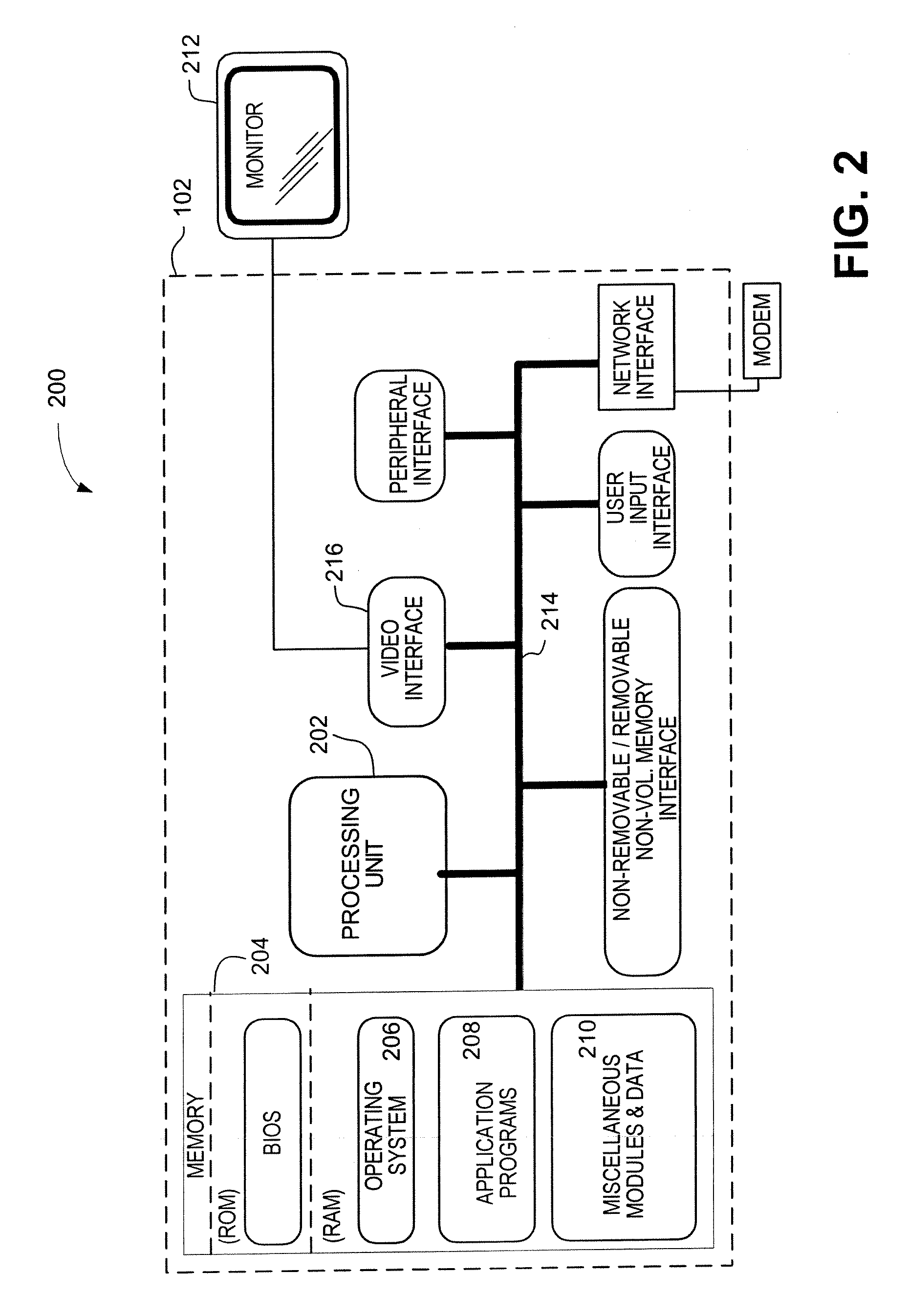[0014] iVUE POS offers robust functionality for performing counter sales, customer orders and monthly billings. Whether a utility requires quick counter sale transactions or a detailed
order tracking system, NISC's iVUE POS has the flexibility to
handle both. The POS solution maintains up-to-date information on customers, orders and
invoice5 as well as provides subsidiary detail to support the accounts receivable balances in a legacy General Ledger (GL) application. Through the POS functional integration to iVUE's billing solution, a customer is able to receive a single bill for a plurality of services.
[0017] As opposed to having a customer care system architecture consisting of individual stand alone
data processing silos of types of customer care information with no link between them (such as an order-centric system; or an account-centric system; or an invoice centric system; or a service order centric system) where only one
data type for a given customer or account is in view at a given time; the present POS system is customer centric. The present customer centric invention always has the customer in view with direct access to all the customers information including all accounts, orders, statements and invoices. The customer centric architecture makes for a more robust customer care system.
[0018] This is made possible through the
single point of entry graphical interface. The POS system is implemented utilizing object oriented code such as
JAVA to provide a rich
graphical user interface. The POS system can be hosted on a standard
client-
server local area network, but is flexible enough to be used on
the internet where the graphical front-end is hosted on a local PC. The POS system is further implemented using frameworks or high level
macro-functions, which consist of high level navigation
macro-function, screen repository macro-functions, data-binding macro-functions, and
data field repository macro functions. These frameworks can be executed by the objectoriented code for efficient and consistent
data access and
data entry. The frameworks also provide a consistent
look and feel to the
user interface.
[0019] The POS system is specifically designed for rural telecommunication and utility carriers and service providers, many of which sale vertical product lines in the telecommunication and utility industries such as mobile telephones and water heaters. Customer service representatives, managers and
information technology administrators utilize the POS tool to set up new customer and existing customer orders, as well as market and sell telecommunication and
utility industry products. The tool is also utilized to initiate and perform work-flows responsive to a customer contact. The work-flow templates will also assist the user to walk through step by step and perform the tasks for taking an order or providing a quote. The rich
graphical user interface of POS and the application and
data integration of POS is much more robust and powerful than existing character based systems of the industry where the application tools and data are segmented.
[0023] The POS product provides the automated due-to, due-from general ledger entries across all of the divisions in order to track the appropriate receivables / payables each
line of business owes the other. The POS system can simplify the selection of stock vs. non-stock items when creating Orders and / or Invoices. In doing so, the sales person simply selects products from a catalog of items which tie to either an existing inventoried product or non-stock item. This can be accomplished in one of three ways; enter the item number if known, through a lookup process of all available items, or scan a
barcode which contains the catalog number. Catalog Items can be optionally setup to relieve specific inventory items and update nonstock item history, working in conjunction with
purchasing in order to get a more accurate cost-profit analysis or simply setup just as a item or service for sale. POS provides an intuitive, user-friendly,
Graphical User Interface that will allow the operator to easily navigate throughout the system to check inventory and order products with minimal training required. POS provides the ability to establish default settings at the customer's account and / or catalog item level in order to reduce the required information during the entry of either Orders or Invoices.
[0024] The shortcomings of previous systems includes the fact that it was not intuitive to navigate through the systems because they were character based system. Other shortcomings were they did not support multiple accounts receivable GL accounts per order and / or invoice, did not support divisionalized accounting, and did not support a
Point Of Sale (quick sale) interface. Previous systems also do not provide a solution that is integrated with utility and telecommunication solutions. This is greatly improved because the present POS graphical product takes
advantage of the fact that many are already familiar with windows standards and already have that skill base, thereby improving the
learning curve to adapt to the new iVUE solution. The rich graphical product is implemented by
java and is web deployable. Also, the frameworks created to implement the
user interface provides for quicker
time to market, better adherence to standards, and a more consistent presentation leading to a more intuitive product. One key
advantage within iVUE is the tight integration across the entire back-office ABS accounting suite of products as well as to the Utility and Telecomm billing engine for the purpose of creating a consolidated billing statement. The ability to enter, track and report on products and services that are specific to the different lines of business within each industry is now possible with this product.
 Login to View More
Login to View More  Login to View More
Login to View More 


